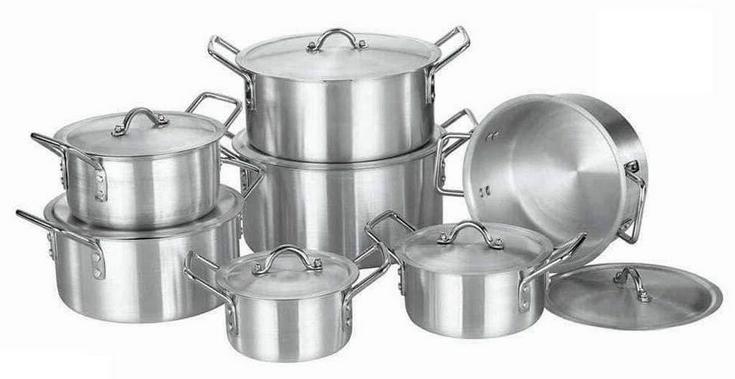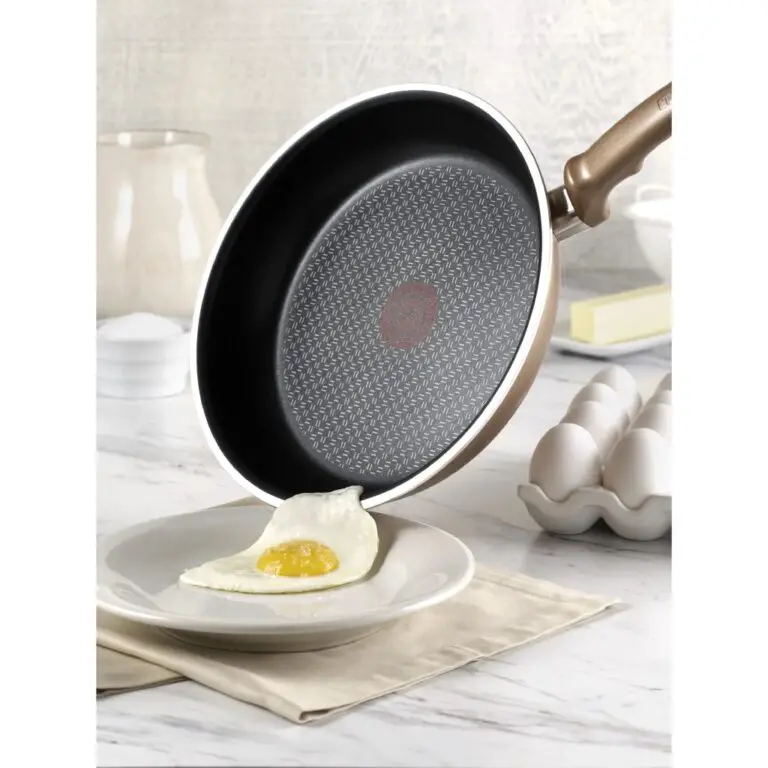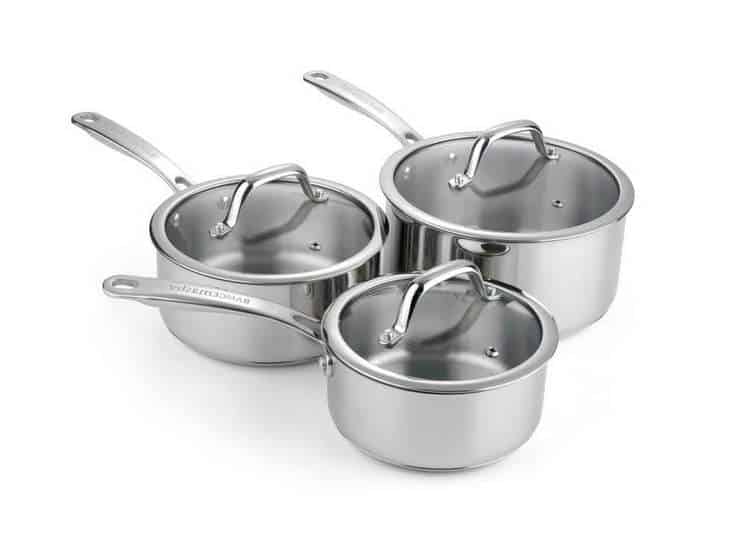What Are HVAC Ducts Made Of? A Guide to Common Materials
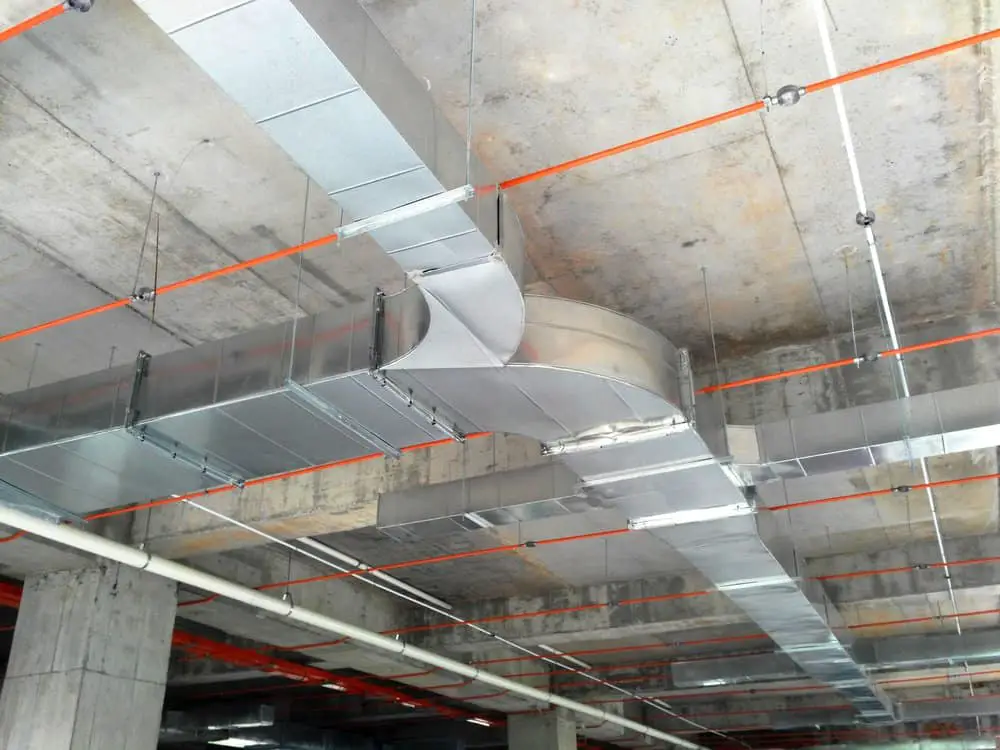
When it comes to keeping our homes cozy in the winter and cool in the summer, HVAC systems are the unsung heroes. Yet, how often do we think about what goes into those networks of ducts that snake through walls and ceilings?
Let’s go on a deep dive into the different materials that make up HVAC ducts, and why each one plays a unique role in how air moves around your home.
The Basics: What Are HVAC Ducts and Why Do They Matter?
Think of HVAC ducts as the blood vessels of your home’s heating and cooling system. They transport air to every room, ensuring that every nook and cranny feels just right. Without efficient ductwork, your HVAC system wouldn’t be able to do its job effectively, leading to uneven temperatures, wasted energy, and higher bills.
But here’s where it gets interesting: not all ducts are made the same. From durable metals to flexible plastics, different materials offer unique benefits—and some are better suited to certain homes than others. Let’s break down the most common HVAC duct materials and see what makes each one tick.
1. Galvanized Steel: The Sturdy Standard
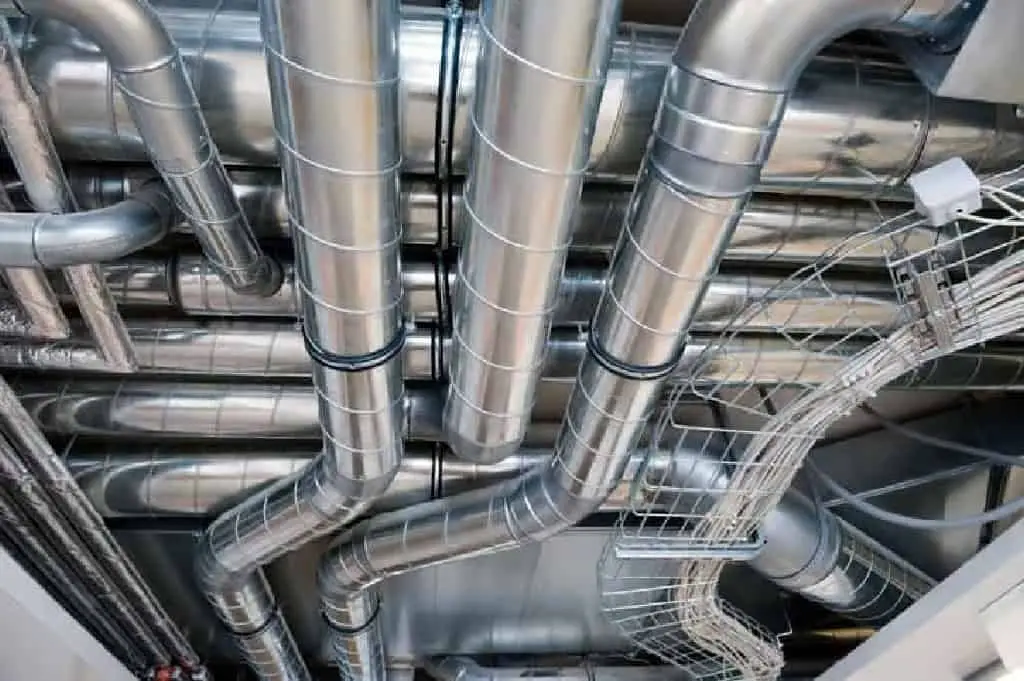
Galvanized steel is one of the most popular materials for HVAC ducts, and for good reason.
What Makes It Great:
- Durability: Galvanized steel ducts are tough. They hold up against impacts, resist rust, and don’t easily warp.
- Airflow Efficiency: Steel ducts are rigid, allowing for smooth, unimpeded airflow.
Drawbacks:
- Heavy: Steel is on the heavier side, making it trickier and more labor-intensive to install.
- Cost: It’s not the cheapest option, but it’s a good investment for longevity.
| Pros | Cons |
| Strong and durable | Heavy to install |
| Rust-resistant | Higher initial cost |
| Smooth airflow |
2. Aluminum: Lightweight and Flexible
If galvanized steel is the heavy hitter, aluminum is the lightweight alternative. It’s strong but much easier to maneuver.
Why It Shines:
- Lightweight: Aluminum ducts are easy to handle, which makes installation a breeze.
- Rust-Free: Like steel, aluminum resists rust, ensuring that the ducts won’t degrade over time.
Considerations:
- Less Rigid: Aluminum is softer, which makes it more susceptible to dents or damage.
- Moderate Cost: While not as pricey as galvanized steel, aluminum still sits in the mid-range price bracket.
| Pros | Cons |
| Lightweight | Less impact-resistant |
| Easy to install | Can dent more easily |
| Rust-resistant | Moderately priced |
3. Flexible Ducts: The Bendable Choice
If you’ve ever seen shiny, silver ducts that look like slinky toys, you’ve seen flexible ducts. Made from wire coils wrapped in flexible plastic or fiberglass, these ducts are perfect for tight spaces and tricky layouts.
Why They Work:
- Flexible and Lightweight: As the name suggests, these ducts can bend around obstacles and fit into hard-to-reach areas.
- Easy to Install: Flexible ducts don’t require as much cutting or customization as metal ducts.
Downsides:
- Reduced Airflow Efficiency: The ridges inside flexible ducts can disrupt airflow, making them less efficient than smooth metal ducts.
- Prone to Damage: Because they’re made of plastic or fiberglass, these ducts are more likely to tear or degrade over time.
| Pros | Cons |
| Highly flexible | Less efficient airflow |
| Quick and easy installation | Can tear or degrade |
| Lightweight | Not as durable |
4. Fiberglass-Lined Ducts: The Sound Dampeners
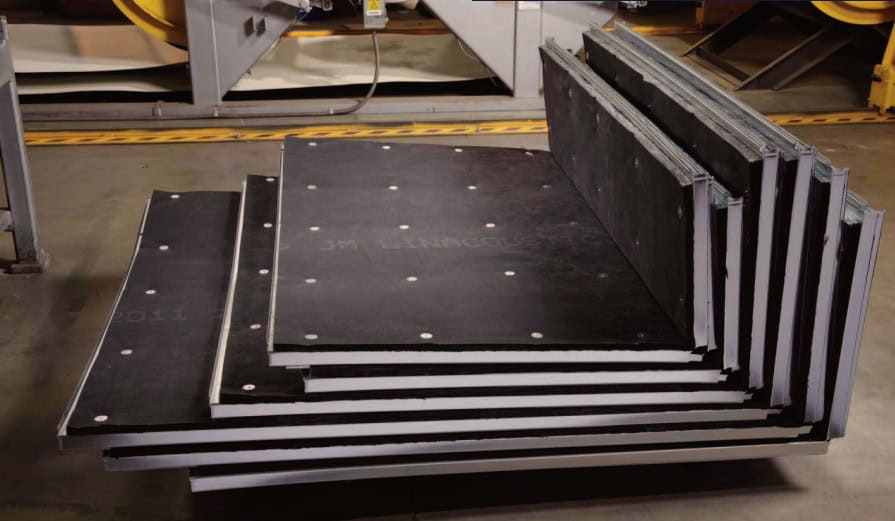
Fiberglass-lined ducts have a layer of insulation inside, making them ideal for noise reduction. If you’re tired of hearing the hum of your HVAC system, these ducts might be a perfect fit.
Benefits:
- Noise Reduction: The fiberglass lining absorbs sound, making these ducts quieter than others.
- Thermal Insulation: Fiberglass keeps the air at the right temperature as it moves through the ducts, which can improve efficiency.
Considerations:
- Potential for Mold: If moisture gets trapped, fiberglass-lined ducts can be a breeding ground for mold and bacteria.
- Not Ideal for Health-Conscious Homes: Fiberglass particles can break off and circulate through the air, potentially causing respiratory issues.
| Pros | Cons |
| Reduces noise | Can harbor mold if wet |
| Insulates air temperature | Potential health concerns |
| Good for efficiency |
5. Fiberglass Board Ducts: Insulation from the Start
Unlike fiberglass-lined ducts, which have an internal layer, fiberglass board ducts are made entirely of compressed fiberglass panels. This makes them naturally insulated and quiet.
What Sets Them Apart:
- Great Insulation: The entire duct is designed to insulate, making them energy-efficient and good for homes in extreme climates.
- Noise Reduction: Like fiberglass-lined ducts, these also help cut down on HVAC noise.
Drawbacks:
- Not for Tight Spaces: Fiberglass board ducts are rigid and can’t bend around corners or fit into small spaces.
- Mold Risk: If they get wet, they can develop mold, much like fiberglass-lined ducts.
| Pros | Cons |
| Strong insulation | Not flexible |
| Quiet operation | Susceptible to mold |
| Efficient in extreme climates | Difficult to install in small spaces |
Choosing the Right Material for Your Home
So, how do you decide which material suits your home best? Here are some quick tips:
- For Durability: Go with galvanized steel if you want a duct system that will last and take some bumps along the way.
- For Lightness and Easy Installation: Aluminum is a solid choice, providing both durability and a manageable weight.
- For Tight Spaces: Flexible ducts are best if you need to work around obstacles or fit into cramped areas.
- For Noise Reduction: Fiberglass-lined or fiberglass board ducts can quiet your HVAC system while keeping your air flowing smoothly.
Comparing HVAC Duct Materials
| Material | Best For | Cost | Durability |
| Galvanized Steel | Long-lasting, impact-resistant | High | High |
| Aluminum | Lightweight, easy installation | Moderate | Moderate |
| Flexible Ducts | Tight spaces, flexible layouts | Low | Low |
| Fiberglass-Lined | Noise reduction, insulation | Moderate-High | Moderate |
| Fiberglass Board | Full insulation, quiet operation | High | Moderate |
Tips for Maintaining Your HVAC Ducts
Even the best duct materials need a little TLC. Here are some maintenance tips to keep your HVAC system running smoothly:
- Clean Regularly: Dust and debris can build up inside ducts, reducing air quality. Aim to have your ducts cleaned every 3-5 years.
- Check for Leaks: Leaks can waste energy and reduce your system’s efficiency. Seal any gaps or cracks with duct tape or professional-grade sealant.
- Monitor for Mold: Fiberglass-lined or fiberglass board ducts can harbor mold if moisture gets in. If you spot any signs of mold, contact a professional.
- Replace Damaged Sections: If a section of flexible duct tears, replace it to avoid reduced airflow or contamination.
- Schedule Regular Inspections: A pro can spot issues early, saving you costly repairs down the line.
Why the Right Duct Material Makes a Difference
Choosing the right HVAC duct material isn’t just about what fits your budget—it’s about what fits your home and lifestyle. Durable materials like galvanized steel and aluminum are excellent for homeowners who want long-lasting, efficient systems. For tight spaces or layouts with tricky corners, flexible ducts are an ideal choice. If noise is a concern, fiberglass-lined ducts can be a game-changer, giving you peace and quiet along with fresh air.
The next time you adjust your thermostat, take a second to appreciate the workhorse duct network behind the scenes. These materials do more than carry air—they keep your home’s climate stable, energy bills manageable, and every room as comfortable as possible.

